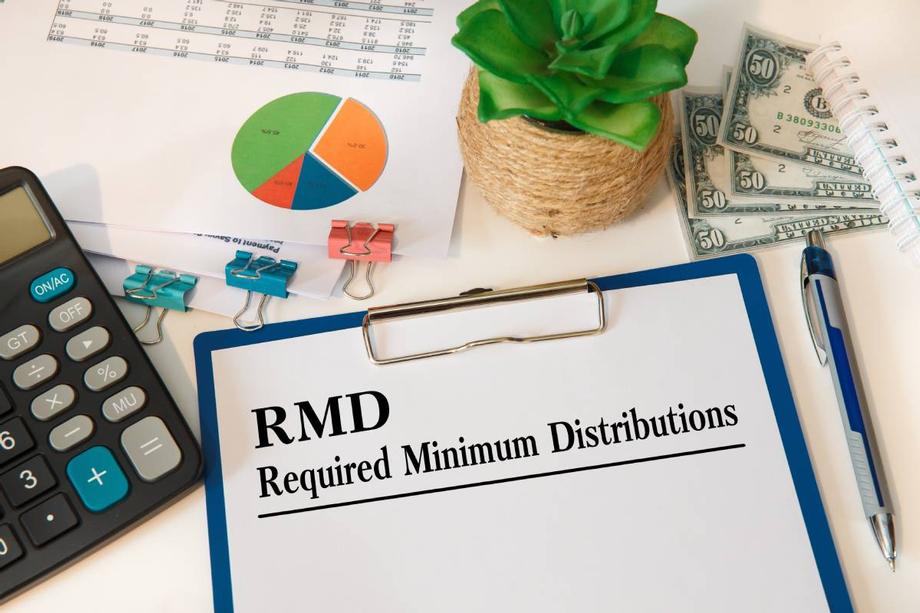Managing required minimum distribution (RMD) can be a critical aspect of your financial planning, particularly for retirees. The RMD rules dictate the minimum amount you must withdraw from retirement accounts each year once you reach a certain age. Failing to comply with them can result in considerable monetary penalties.

Our team at David Wealth Management Group can answer all of your questions about retirement planning, including strategies to manage RMD requirements. But first, let’s discuss what RMD is and its application to different accounts.
Understanding Required Minimum Distribution
Required minimum distribution refers to the minimum amount individuals must withdraw from their retirement accounts each year as mandated by the Internal Revenue Service (IRS). This requirement typically starts at age 72 and applies to various retirement accounts, including:
- Traditional IRAs
- SEP IRAs
- SIMPLE IRAs
- Employer-sponsored retirement plans like 401(k)s and 403(b)s
In 2022, Congress passed an act known as SECURE 2.0, which altered the tax penalty account owners for who fail to withdraw the required amount to 10%-25%, depending on if the issue is corrected.
Six Strategies for Managing Required Minimum Distribution
Before getting into different RMD strategies, our team will take the time to understand your complete financial picture. Our approach works for clients and helps us design targeted strategies since one size does not fit all.
- It's essential to be aware of your RMD deadline. Generally, you must take your first RMD by April 1st of the year following the year you turn 72. Subsequent RMDs must be taken by December 31st each year. You can withdraw more than your required minimum distribution each year, but it will be taxable as income.
- Use reliable tools like a FINRA Required Minimum Distribution Calculator to ensure compliance. This tool can help you determine the amount you need to withdraw based on age, retirement account balances, and other relevant factors.
- Explore various distribution options to minimize tax implications and meet your financial goals. Depending on your circumstances, you may choose to take distributions in a lump sum or spread them out over the year.
- Withdrawals from traditional retirement accounts are typically subject to income tax. Consider consulting with a tax advisor to understand the tax implications of your RMD and explore strategies to minimize taxes.
- As you approach RMD age, consider adjusting your investment allocation to align with your withdrawal needs and risk tolerance. Rebalancing your portfolio assures sufficient liquidity for RMDs while maintaining a balanced investment strategy.
- If you anticipate needing more than the required minimum amount from your retirement accounts, plan accordingly to avoid those tax implications or depletion of your retirement savings.
At What Age Does RMD Stop?
RMDs typically start at age 72, and they continue until the funds end. If you have a traditional IRA or employer-sponsored retirement plan, you are required to take RMDs until death. However, if you're still working at age 72 and participating in a qualified employer retirement plan, such as a 401(k), you may be able to delay RMDs until you retire.
Contact Us and Benefit from Our Required Minimum Distribution Strategies
David Wealth Management Group is located in Lexington and Aiken, SC. We can explain the required minimum distribution and other financial topics to you in easy-to-understand ways.
Our team can also tell you about other financial calculators to help you strategize.
Residents of CT, FL, GA, LA, MD, MO, NC, and SC can contact us for a free consultation to discuss their financial goals. We look forward to working with you!
